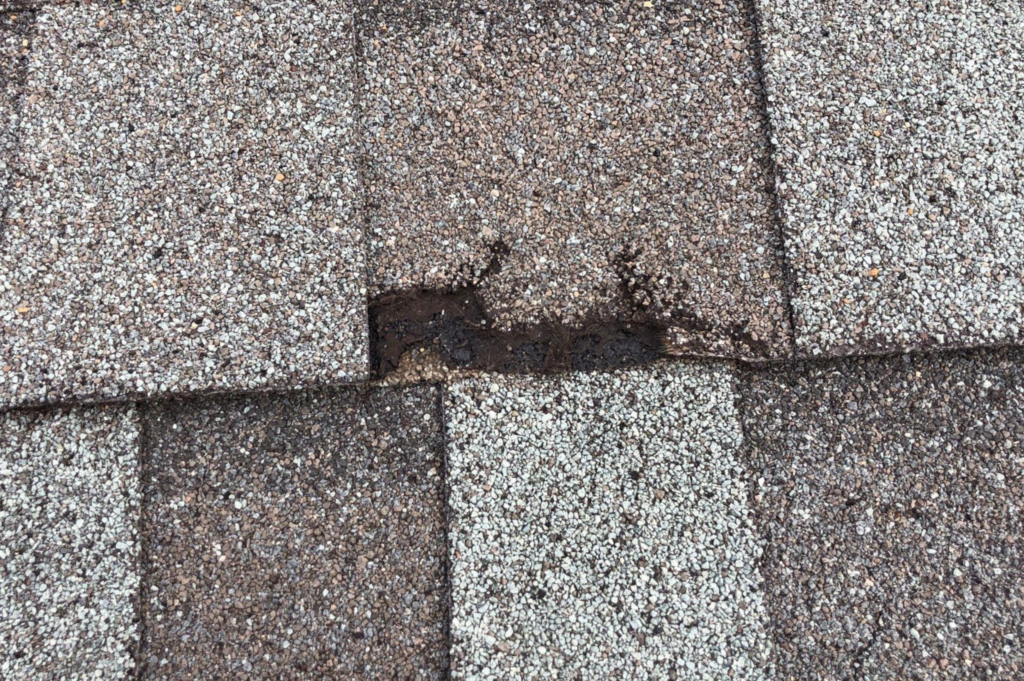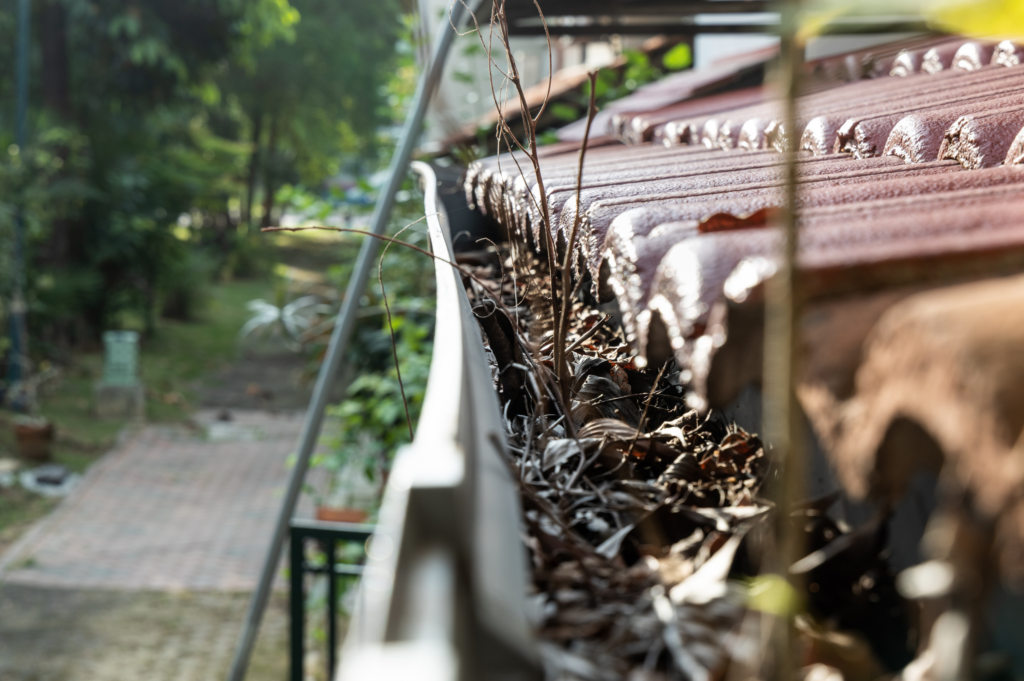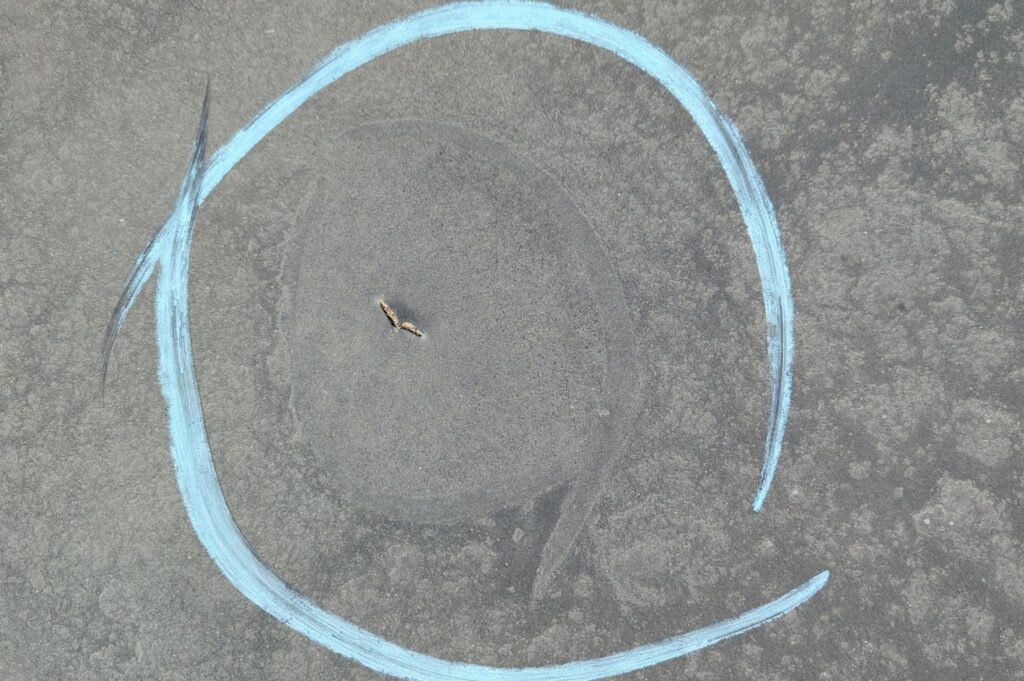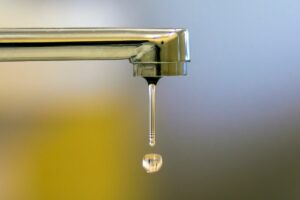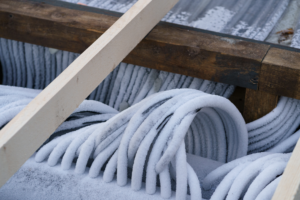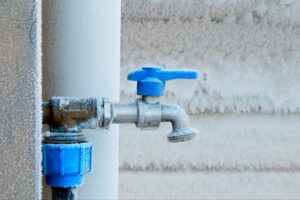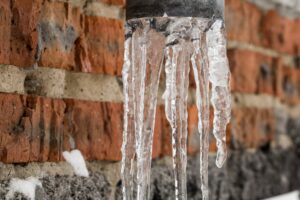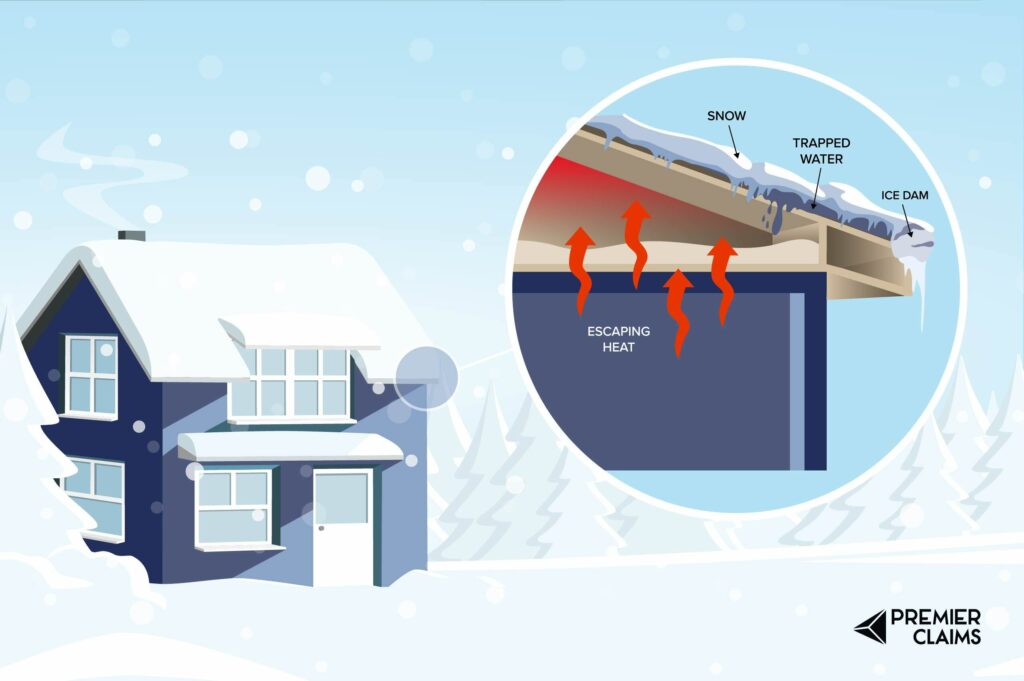How Nebraska’s Record Storms Could Lead to Bigger Problems This Winter
Nebraska has never been a stranger to storms, but 2024 took it to a whole new level. From relentless tornadoes to massive hailstorms, the state has endured a barrage of extreme weather events that have left many properties vulnerable to hidden damage. And as we transition into winter, many of these issues could go from bad to worse if left unaddressed.
For many, it’s not just about broken windows or missing shingles—it’s about the damage that often goes unnoticed. If you have a property in an area impacted by any of Nebraska’s severe weather this year, here’s what you need to know as winter approaches.
A Record-Breaking Year for Nebraska Storm Damage
2024 will be remembered for the intensity and frequency of its storms. According to the National Weather Service, Nebraska saw over 50 major weather events, including multiple EF2 and EF3 tornadoes, large hail, and damaging winds exceeding 100 mph. These storms ravaged communities, damaged homes, and uprooted lives. For many, the recovery is still ongoing.
But here’s where it gets tricky: not all storm damage is immediately visible. In fact, some of the most significant damage is hidden from view, waiting for the winter freeze to reveal its full impact. The relentless nature of these storms has left many properties in a fragile state, and with winter’s harsh conditions around the corner, those vulnerabilities could lead to significant problems.
The Hidden Threats Lurking in Your Property
Many Nebraska property owners have focused on the apparent storm damage—broken windows, torn siding, or damaged roofs—but it’s the hidden and unresolved issues that could wreak havoc this winter. Let’s look at the potential dangers that could be hiding beneath the surface:
-
-
- Roof Damage: Even minor cracks or loosened shingles caused by storms can turn into major leaks when snow and ice accumulate. Once water seeps in, it can freeze, expand, and further damage your roof, leading to costly repairs.
- Foundation Problems: Repeated exposure to heavy rains and ground saturation can lead to unseen foundation damage. If left unaddressed, this could result in cracks, shifting, or water intrusion during the freeze-thaw cycles of winter.
- Water Infiltration: Storm-driven rains can cause water to seep into basements and crawl spaces. When temperatures drop, any moisture that’s managed to get inside your walls can freeze and expand, causing structural damage that could lead to mold or even flooding when the ice thaws.
- Gutters and Drainage Issues: Storm debris can clog gutters and downspouts, leading to improper drainage. Once the winter snow arrives, ice dams can form, trapping water on your roof and increasing the risk of leaks or collapses.
-
Reach out today to have your property inspected by our team! Our goal is to inform you of any damage to your property so that you can make any necessary repairs before the winter season. Our inspection team will take photos of your property in its current condition. Whether there’s damage or not, having updated photos of your property can come in handy in case you file an insurance claim later down the line.
Winter is Coming—Are You Ready for It?
This might feel overwhelming for families already dealing with the aftermath of 2024’s storms. The emotional and financial toll of repairing storm damage can be significant, but it is important to act before winter exacerbates the situation.
Our Community, Our Strength
If you were heavily impacted by Nebraska’s storms this year, it’s understandable to feel stretched thin financially and emotionally. But taking steps now can prevent even greater stress down the line. Winter can be unforgiving, and the last thing any family needs is to discover damage that could have been prevented.
Reach out to our team today to have your property inspected to ensure your property is ready to face the coming winter. Addressing potential issues now can provide peace of mind in the months ahead.

